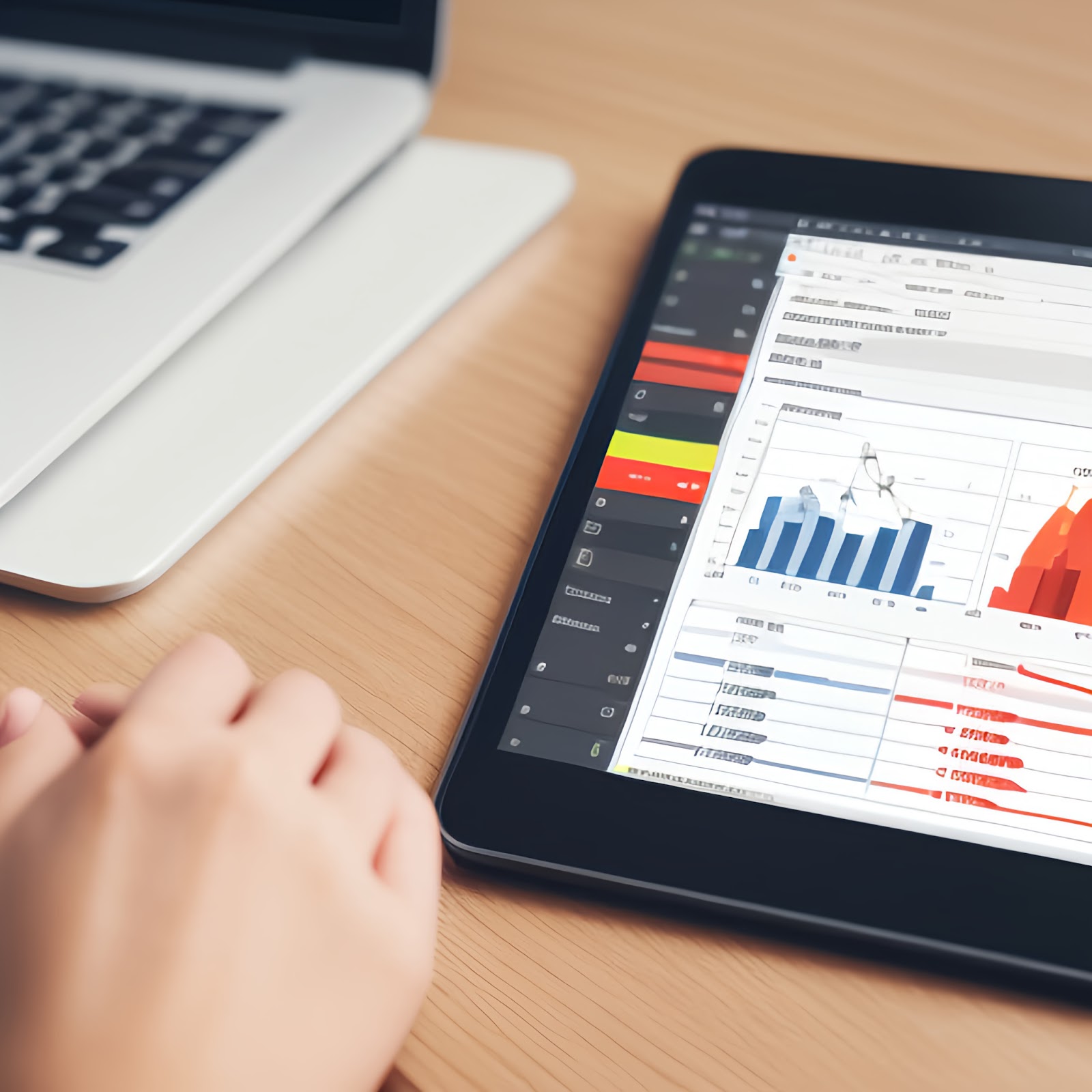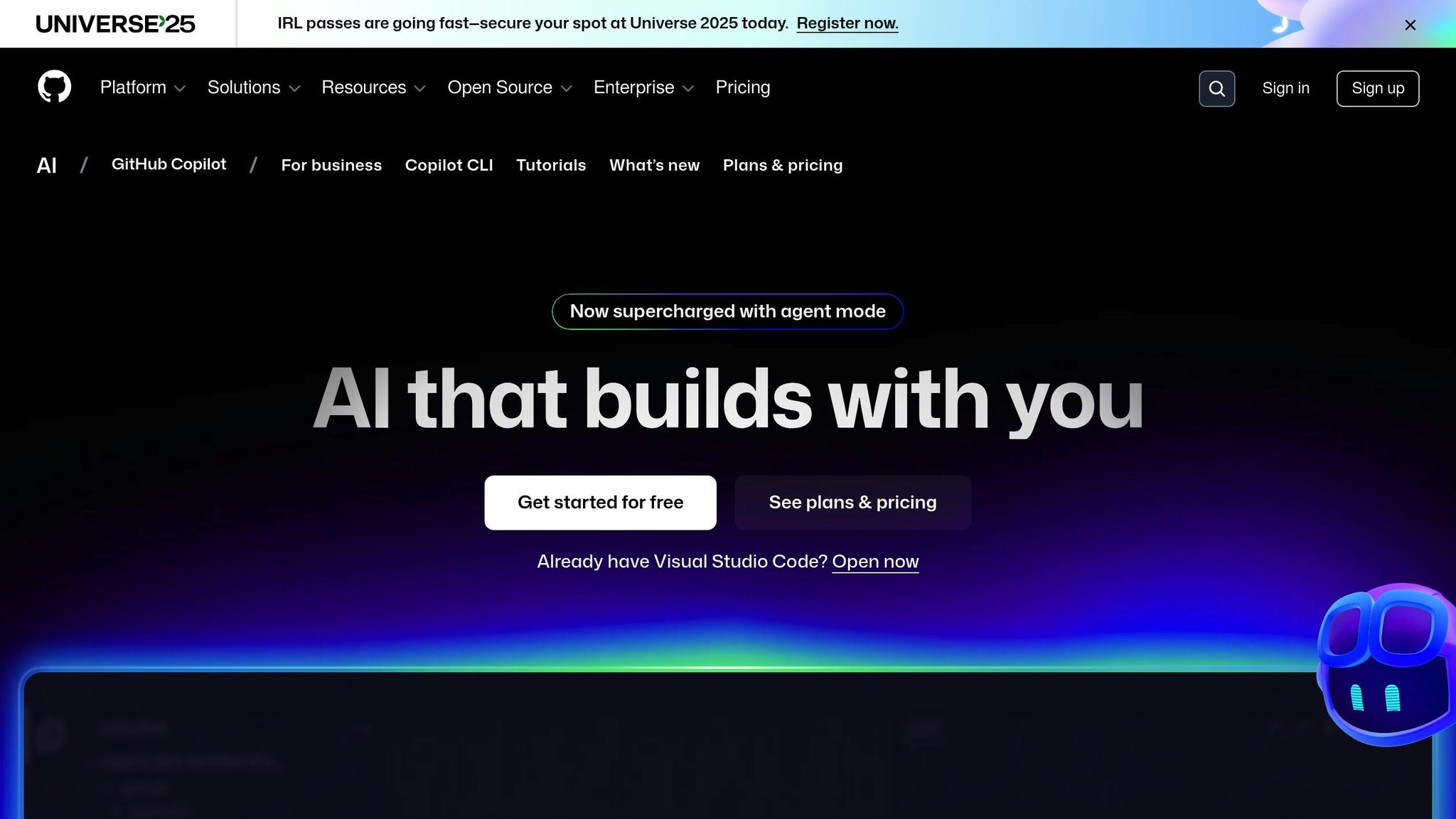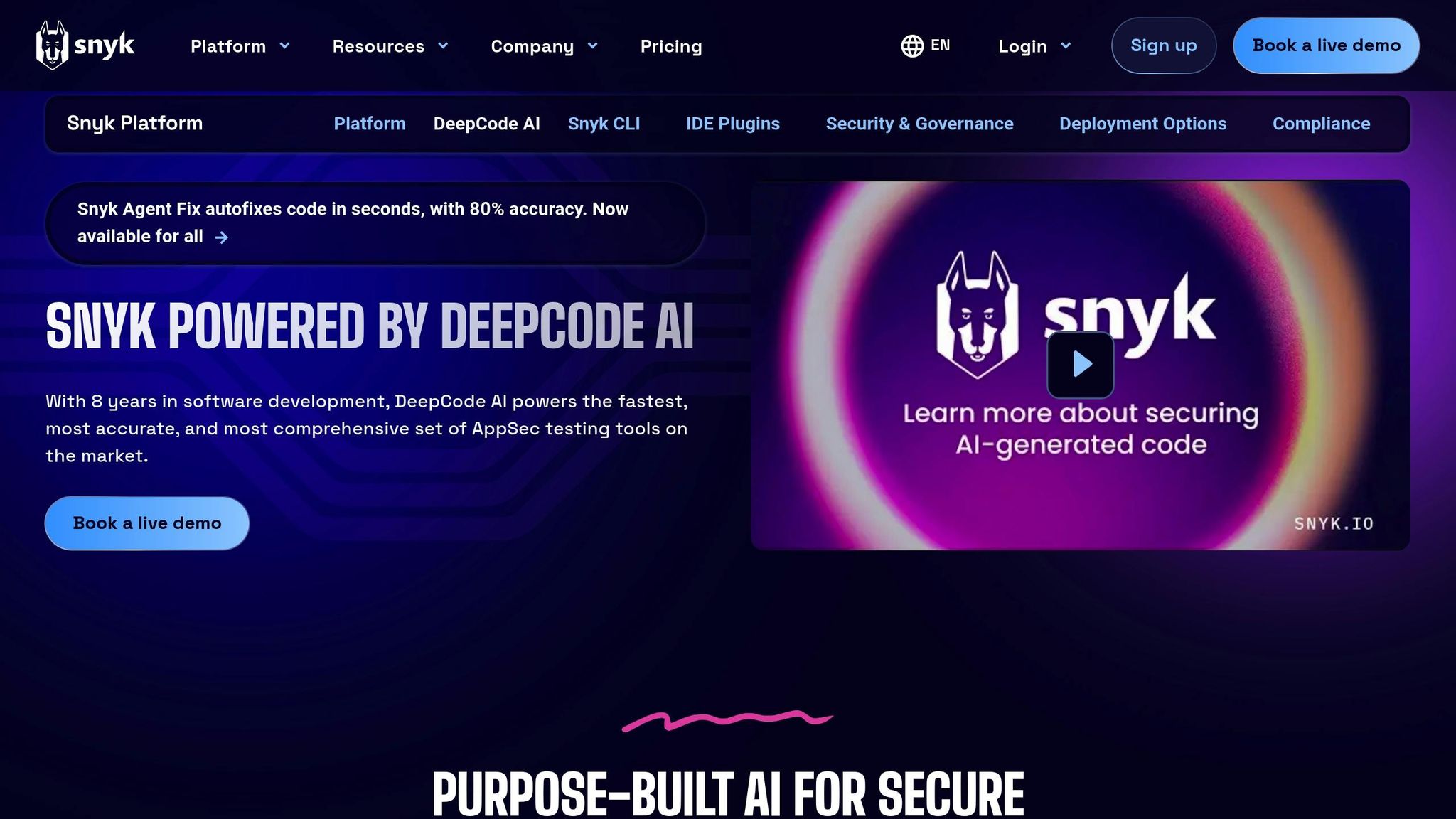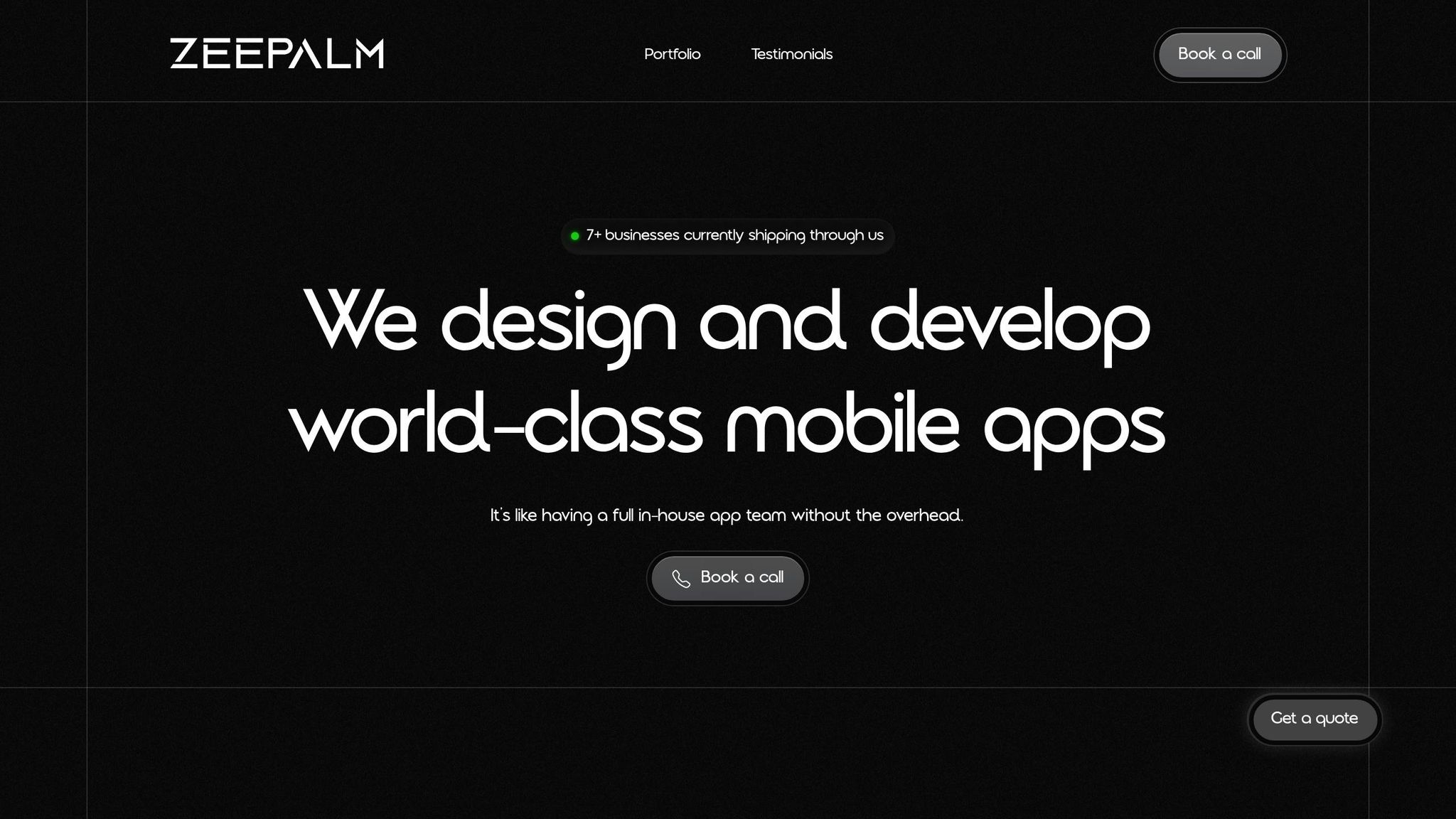PHP and MySQL are a powerful combination for creating dynamic web applications. Here's a concise overview:
Why Use PHP and MySQL?
- Open-source and free to use
- Cross-platform compatibility
- Cost-effective with no licensing fees
- Large community for support and resources
Required Knowledge
- Basic understanding of HTML, CSS, PHP, and MySQL
Setting Up Development Environment
- Choose an IDE or text editor (Visual Studio Code, Sublime Text, PHPStorm, Atom)
- Install PHP and MySQL for your operating system (Windows, macOS, Linux)
- Set up a local server using XAMPP or similar
Creating the Database
- Understand database normalization (1NF, 2NF, 3NF)
- Create databases and tables using MySQL commands or phpMyAdmin
- Secure your database (strong passwords, limit privileges, use SSL, update regularly)
Connecting PHP to MySQL
- Choose between MySQLi or PDO for connecting
- Create a database connection and handle errors
Building Core App Functions
- Handle user input and sanitize data
- Perform CRUD (Create, Read, Update, Delete) operations
- Display dynamic content from the database
Securing Your App
- Prevent SQL injection with prepared statements and input validation
- Use data encryption and secure connections (HTTPS)
- Implement secure session management and file handling
Deploying Your App
- Choose a hosting environment (shared, VPS, dedicated, cloud)
- Comply with app store guidelines for mobile deployment
- Test and optimize for performance
Further Learning Resources
- Online courses (Udemy, Coursera, edX)
- Books ("PHP and MySQL Web Development", "MySQL Cookbook")
- Community forums (Reddit, Stack Overflow)
- Tutorials and blogs (SitePoint, Tuts+, PHPMaster)
Setting Up Your Dev Environment
Choosing an IDE or Text Editor
When developing with PHP and MySQL, a reliable Integrated Development Environment (IDE) or text editor is essential. Here are some popular options:
IDE/Text EditorDescriptionVisual Studio CodeA lightweight, open-source code editor with extensive PHP and MySQL supportSublime TextA feature-rich text editor with a wide range of plugins for PHP and MySQL developmentPHPStormA powerful, commercial IDE specifically designed for PHP developmentAtomA customizable, open-source text editor with a large community of developers
Select an IDE or text editor that suits your needs, and familiarize yourself with its features and shortcuts to improve your development workflow.
Installing PHP and MySQL
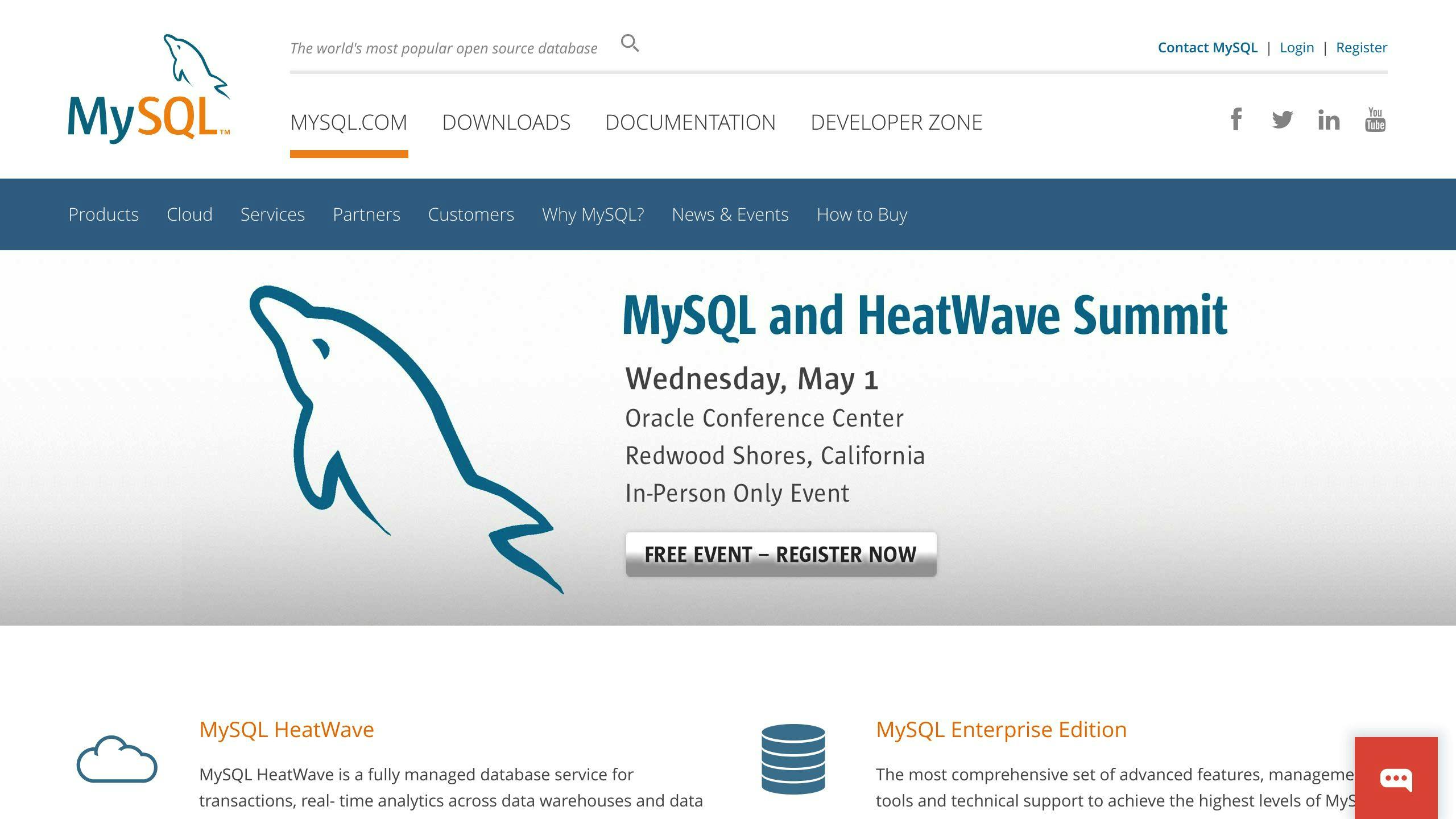
To set up your development environment, you'll need to install PHP and MySQL on your local machine. Here are the general steps for each operating system:
Windows
- Download the latest version of PHP from the official website.
- Install PHP using the provided installer.
- Download and install MySQL Community Server from the official website.
- Configure PHP and MySQL to work together by updating the PHP configuration file (php.ini) and setting up a MySQL user account.
macOS (using Homebrew)
- Install PHP using Homebrew:
brew install php - Install MySQL using Homebrew:
brew install mysql - Configure PHP and MySQL to work together by updating the PHP configuration file (php.ini) and setting up a MySQL user account.
Linux (Ubuntu-based)
- Install PHP using the package manager:
sudo apt-get install php - Install MySQL using the package manager:
sudo apt-get install mysql-server - Configure PHP and MySQL to work together by updating the PHP configuration file (php.ini) and setting up a MySQL user account.
Setting Up a Local Server
To create a local development environment, you'll need to set up a local server using XAMPP or a similar solution. XAMPP provides an easy-to-use interface for managing your local server, including starting and stopping services, configuring PHP and MySQL, and accessing your projects.
Here's how to set up XAMPP:
- Download and install XAMPP from the official website.
- Start the XAMPP control panel and start the Apache and MySQL services.
- Create a new folder for your project in the XAMPP
htdocsdirectory. - Create a new PHP file in your project folder and test it using your local server.
By following these steps, you'll have a fully functional development environment set up for building dynamic web applications with PHP and MySQL.
Creating the Database
Database Design Basics
When designing a database for a dynamic web app, it's crucial to understand database normalization. Normalization helps minimize data redundancy and improve data integrity. A well-normalized database ensures that each piece of data is stored in one place, making it easier to maintain and update.
Here are the three main normalization rules:
Normalization RuleDescriptionFirst Normal Form (1NF)Each table cell must contain a single value.Second Normal Form (2NF)Each non-key attribute in a table must depend on the entire primary key.Third Normal Form (3NF)If a table is in 2NF, and a non-key attribute depends on another non-key attribute, then it should be moved to a separate table.
Creating Databases and Tables
To create a database and tables, you can use MySQL commands or phpMyAdmin. Here's an example of how to create a database and table using MySQL commands:
CREATE DATABASE test_db;
USE test_db;
CREATE TABLE employee (
emp_id INT NOT NULL AUTO_INCREMENT,
emp_name VARCHAR(20) NOT NULL,
emp_address VARCHAR(20) NOT NULL,
emp_salary INT NOT NULL,
join_date TIMESTAMP(14) NOT NULL,
PRIMARY KEY (emp_id)
);
Alternatively, you can use phpMyAdmin to create a database and table through a graphical interface.
Securing Your Database
Securing your database is vital to prevent unauthorized access and data breaches. Here are some best practices to secure your MySQL database:
Security MeasureDescriptionUse strong passwordsChoose strong, unique passwords for your database users.Limit user privilegesGrant only necessary privileges to each user to prevent unauthorized access.Use SSL encryptionEnable SSL encryption to protect data transmitted between the client and server.Regularly update MySQLKeep your MySQL version up-to-date to ensure you have the latest security patches.Monitor database activityRegularly monitor database activity to detect and respond to potential security threats.
By following these best practices, you can ensure the security and integrity of your MySQL database.
Connecting PHP to MySQL
Choosing a Connection Method
When connecting PHP to MySQL, you have two popular options: MySQLi (MySQL Improved) and PDO (PHP Data Objects). Both extensions allow you to interact with MySQL databases, but they have different design goals and use cases.
Here's a brief comparison of MySQLi and PDO:
FeatureMySQLiPDODatabase supportMySQL onlyMultiple databases (MySQL, PostgreSQL, SQLite, etc.)API styleProcedural and object-orientedObject-orientedPerformanceOptimized for MySQLGeneral-purpose, may not be optimized for specific databasesPrepared statementsSupportedSupportedError handlingImproved error handlingStandardized error handling
Creating a Database Connection
To create a database connection using MySQLi, use the following code:
$host = 'localhost';
$username = 'your_username';
$password = 'your_password';
$dbname = 'your_database';
$conn = new mysqli($host, $username, $password, $dbname);
if ($conn->connect_error) {
die("Connection failed: ". $conn->connect_error);
}
To create a database connection using PDO, use the following code:
$dsn = 'mysql:host=localhost;dbname=your_database';
$username = 'your_username';
$password = 'your_password';
try {
$conn = new PDO($dsn, $username, $password);
} catch (PDOException $e) {
echo 'Connection failed: '. $e->getMessage();
}
Handling Connection Errors
When creating a database connection, it's essential to handle connection errors gracefully. Both MySQLi and PDO provide mechanisms for error handling.
With MySQLi, you can use the connect_error property to check for connection errors:
if ($conn->connect_error) {
die("Connection failed: ". $conn->connect_error);
}
With PDO, you can use a try-catch block to catch PDOException instances:
try {
$conn = new PDO($dsn, $username, $password);
} catch (PDOException $e) {
echo 'Connection failed: '. $e->getMessage();
}
By handling connection errors effectively, you can ensure that your application remains robust and reliable.
Building Core App Functions
In this section, we'll focus on creating the core functions of your web application using PHP and MySQL. These functions will enable your app to interact with the database, perform CRUD (Create, Read, Update, Delete) operations, and display dynamic content.
Handling User Input
When building a web application, it's essential to handle user input securely and efficiently. This involves capturing user input from HTML forms, sanitizing the data, and validating it against a set of rules.
Here's an example of how to sanitize user input:
$name = $_POST['name'];
$email = $_POST['email'];
$name = filter_var($name, FILTER_SANITIZE_STRING);
$email = filter_var($email, FILTER_VALIDATE_EMAIL);
if ($name && $email) {
// Process the user input
} else {
// Display an error message
}
Performing CRUD Operations
CRUD operations are the backbone of any web application. They enable you to create, read, update, and delete records in your database.
Here's an example of how to perform a CRUD operation using MySQLi:
Create
$query = "INSERT INTO users (name, email) VALUES ('$name', '$email')";
$result = mysqli_query($conn, $query);
Read
$query = "SELECT * FROM users WHERE id = '$id'";
$result = mysqli_query($conn, $query);
$row = mysqli_fetch_assoc($result);
Update
$query = "UPDATE users SET name = '$name', email = '$email' WHERE id = '$id'";
$result = mysqli_query($conn, $query);
Delete
$query = "DELETE FROM users WHERE id = '$id'";
$result = mysqli_query($conn, $query);
Displaying Dynamic Content
Displaying dynamic content is a crucial aspect of building a web application. You can use PHP to fetch data from your database and integrate it into your HTML templates.
Here's an example of how to display dynamic content:
// Fetch data from the database
$query = "SELECT * FROM users";
$result = mysqli_query($conn, $query);
// Display the data in an HTML table
echo "<table>";
while ($row = mysqli_fetch_assoc($result)) {
echo "<tr>";
echo "<td>". $row['name']. "</td>";
echo "<td>". $row['email']. "</td>";
echo "</tr>";
}
echo "</table>";
By following these guidelines, you can create a robust and scalable web application using PHP and MySQL. Remember to always prioritize security, performance, and usability when building your app.
sbb-itb-8abf120
Advanced PHP & MySQL Techniques
In this section, we'll explore more advanced capabilities and best practices for PHP & MySQL development. These techniques will help you create more robust, scalable, and secure web applications.
User Authentication
Creating a secure login system is crucial in web development. PHP sessions and password hashing are essential tools in this process. Here's an example of how to implement user authentication using PHP sessions:
session_start();
// Check if the user is already logged in
if (isset($_SESSION['username'])) {
// Redirect to the dashboard or profile page
header('Location: dashboard.php');
exit;
}
// Handle login form submission
if (isset($_POST['username']) && isset($_POST['password'])) {
$username = $_POST['username'];
$password = $_POST['password'];
// Hash the password using a secure algorithm like bcrypt
$hashed_password = password_hash($password, PASSWORD_BCRYPT);
// Query the database to verify the user credentials
$query = "SELECT * FROM users WHERE username = '$username' AND password = '$hashed_password'";
$result = mysqli_query($conn, $query);
if (mysqli_num_rows($result) > 0) {
// Login successful, set the session variables
$_SESSION['username'] = $username;
$_SESSION['logged_in'] = true;
// Redirect to the dashboard or profile page
header('Location: dashboard.php');
exit;
} else {
// Login failed, display an error message
echo "Invalid username or password";
}
}
Error Handling and Debugging
Error handling and debugging are critical aspects of PHP development. Here are some techniques for identifying and resolving issues in PHP scripts:
TechniqueDescriptionError ReportingUse the error_reporting() function to enable error reporting and specify the level of errors to report.Debugging ToolsUtilize debugging tools like Xdebug, Zend Debugger, or PHPStorm's built-in debugger to step through your code and identify issues.Log FilesUse log files to track errors and debug messages. You can use the error_log() function to log errors to a file.
Optimizing Performance
Optimizing PHP code and MySQL queries is essential for improving the performance and scalability of your web application. Here are some tips for optimizing performance:
TipDescriptionUse Efficient MySQL QueriesOptimize your MySQL queries by using indexes, limiting the number of queries, and using efficient query structures.Use PHP CachingUse PHP caching mechanisms like APCu or Memcached to reduce the load on your server and improve response times.Optimize PHP CodeOptimize your PHP code by reducing the number of database queries, using efficient algorithms, and minimizing unnecessary computations.
By following these guidelines, you can create a more robust, scalable, and secure web application using PHP and MySQL. Remember to always prioritize security, performance, and usability when building your app.
Securing Your App
Protecting your PHP & MySQL application from common web security threats is crucial.
Preventing SQL Injection
To prevent SQL injection, use prepared statements and input validation.
SQL injection attacks can have devastating consequences, including unauthorized access, data tampering, and deletion. Here's how to prevent them:
Prevention MethodDescriptionPrepared StatementsSeparate SQL code from data using parameterized queries.Input ValidationValidate user input using whitelisting, blacklisting, and escaping techniques.
Here's an example of using prepared statements in PHP:
$stmt = $conn->prepare("SELECT * FROM users WHERE username =?");
$stmt->bind_param("s", $username);
$stmt->execute();
Data Encryption and Secure Connections
Data encryption ensures sensitive data remains protected from unauthorized access. In PHP, you can use:
Encryption TechniqueDescriptionSymmetric EncryptionUses the same key for encryption and decryption.Asymmetric EncryptionUses a pair of keys, one for encryption and another for decryption.
To implement secure connections, use HTTPS (Hypertext Transfer Protocol Secure) protocol, which encrypts data transmitted between the client and server.
Here's an example of creating a secure connection using HTTPS:
$ssl_context = array(
'ssl' => array(
'verify_peer' => true,
'verify_peer_name' => true,
'allow_self_signed' => false
)
);
$fp = stream_socket_client("ssl://example.com:443", $errno, $errstr, 30, STREAM_CLIENT_CONNECT, $ssl_context);
Session and File Security
Best practices for managing user sessions securely and handling file uploads and downloads:
Security MeasureDescriptionSecure Session StorageStore session data in a secure location, such as a database or secure file storage system.Regenerate Session IDsRegenerate session IDs after a user logs in or out to prevent session fixation attacks.Secure File UploadsValidate file uploads and store them in a secure location.Secure File DownloadsValidate file downloads and ensure they are transmitted securely using HTTPS.
By following these best practices, you can ensure your application's user sessions and file handling are secure and protected from unauthorized access.
Deploying Your App
Choosing a Hosting Environment
When you've built and secured your PHP & MySQL application, it's time to deploy it to a hosting environment. The choice of hosting environment depends on several factors, including the type of application, expected traffic, and scalability requirements.
Here are some popular hosting options for PHP & MySQL apps:
Hosting OptionDescriptionShared HostingSuitable for small to medium-sized applications with low to moderate traffic.VPS (Virtual Private Server)Ideal for applications requiring more resources and control, with medium to high traffic.Dedicated ServerBest for large-scale applications with high traffic and specific server requirements.Cloud HostingScalable and flexible, suitable for applications with variable traffic and resource requirements.
App Store Deployment
If you're building a web application that will be deployed in various app stores or platforms, such as Google Play Store or Apple App Store, there are additional considerations to keep in mind.
Here are some key requirements for app store deployment:
RequirementDescriptionCompliance with app store guidelinesEnsure your application complies with the app store's guidelines and policies.Optimization for mobile devicesOptimize your application for mobile devices, including responsive design and performance optimization.Security and data protectionImplement robust security measures to protect user data and ensure compliance with app store security requirements.Testing and debuggingThoroughly test and debug your application to ensure it meets app store quality standards.
By following these guidelines, you can successfully deploy your PHP & MySQL application to a hosting environment or app store, ensuring a seamless user experience and optimal performance.
Conclusion
Key Takeaways
In this tutorial, we've covered the essential steps to build dynamic web applications using PHP and MySQL. Here's a quick recap of what we've learned:
- Set up a development environment to write and test your code efficiently
- Create a database to store and manage your application's data
- Connect PHP to MySQL to interact with your database
- Build core app functions to perform CRUD (Create, Read, Update, Delete) operations
- Secure your app to protect user data and prevent common web attacks
Further Learning Resources
Now that you've completed this tutorial, you're ready to take your PHP and MySQL skills to the next level. Here are some additional resources to help you continue learning:
ResourceDescriptionOnline coursesUdemy, Coursera, and edX offer a wide range of courses on PHP and MySQL developmentBooks"PHP and MySQL Web Development" by Luke Welling and Laura Thomson, "MySQL Cookbook" by Paul DuBoisCommunity forumsParticipate in online forums, such as Reddit's r/learnprogramming and r/webdev, to connect with other developers and get help with any challenges you faceTutorials and blogsWebsites like SitePoint, Tuts+, and PHPMaster offer a wealth of tutorials, articles, and resources on PHP and MySQL development
Remember, practice is key to mastering PHP and MySQL. Continue to build projects, experiment with new techniques, and stay up-to-date with the latest developments in the field. Happy coding!
FAQs
Can I make an app using PHP and MySQL?
Yes, you can create a web application using PHP and MySQL. PHP is a server-side scripting language, and MySQL is a relational database management system. Together, they form a powerful combination for building dynamic web applications.
Is MySQL good for web development?
Yes, MySQL is a popular choice for web development. It efficiently stores and manages data, making it ideal for web applications that require a robust database management system.
Here's a summary of why MySQL is a good choice:
ReasonDescriptionEfficient data storageMySQL efficiently stores and manages data.Robust database managementIt provides a robust database management system for web applications.Popular choiceMySQL is a popular choice among web developers.





